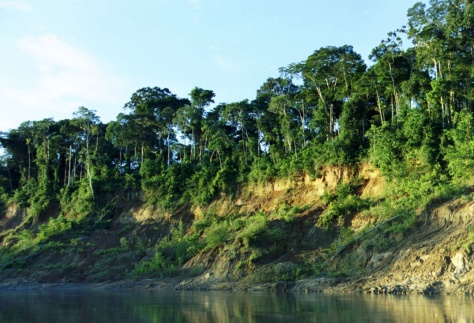There has been a lot of talk recently about the definition of rewilding and the apparent lack of a definitive meaning for the movement that is gaining more and more traction in the public consciousness across the world right now.
For me, it has always been clear, but not something that can be summed up in a short sentence. So in the interests of clarity, here is my interpretation for which I believe there is a strong consensus.
Rewilding at its core is about the mass restoration of ecosystems, encompassing small, medium and large scale projects where natural processes are allowed to interact without ongoing human intervention; restoring land to its uncultivated and wild state to maximise biodiversity. The media has predictably diluted this message and instead fixated on the reintroduction of lost species – but this is just one, albeit important, ingredient for achieving the rewilding ideal. However, reinstating an ecosystem’s trophic function – and by that I mean the way in which predator, prey and plants interact – is a pivotal part of the rewilding model. Continue reading Defining Rewilding






